Graham Reid | | 4 min read
Tuff Gnarl (from Sister)
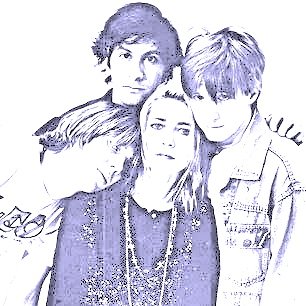
When the married couple of bassist Kim Gordon and guitarist Thurston Moore in Sonic Youth separated in 2011, there was great sense of sadness, as Gordon would later acknowledge in her very interesting autobiography Girl in a Band.
She quoted from Elissa Schappell's article in Salon which captured what many fans – and even just casual observers of the band – were thinking.
“Look at them, I thought,” Schappell wrote. “They were in love and married and making art. They were cool and hardcore, with a profound seriousness about their art, and they hadn't sold out or gotten soft.
“In an age of irony, where I'd feign indifference and cover up my insecurity with mockery, they weren't too cool to care . . . .
“What's scarier than a couple deciding – after 30 years of being in a band they created, 27 years of marriage, 17 years spent raising a child – that now they're done with it?
“As they succeeded, we succeeded.”
Sonic Youth meant many things to many people. They were the New York alternative band which blended noise with an artistic sensibility and managed to take it onto a mainstream major label (Geffen).
And because of that and the cachet they had, they pulled along with them bands like Nirvana who would go on to greater success.
But they also came off as real people, people who really cared about their art, their fans, their lives together. If they could do it all, have it all, then why could we not also?
As they succeeded, we succeeded?
When the official announcement of their separation was made, Pitchfork senior editor Amy Phillips added her own coda to the statement: “So . . . yeah, I no longer believe in true love”.
That is how important Sonic Youth were to many in their generation.
Aside from all the personal-level stuff about connection, Sonic Youth – enormously prolific with side projects and one-offs – were a band whose influence far outstripped their album sales.
With their albums being reissued on vinyl it's timely to look at Sonic Youth's catalogue, and pick out a few cornerstones to start a collection around.
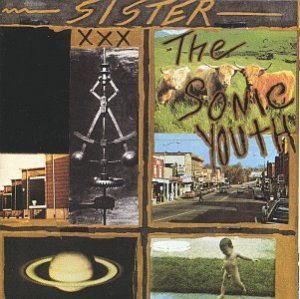 Sister (1987):
They'd started life a decade previous as a noisy, post-punk No Wave
outfit but by the time they got to this, their fourth studio album,
they'd moved to more subtle sonic textures and cohesive alt.pop-rock
songs, with discordant twists of course.
Sister (1987):
They'd started life a decade previous as a noisy, post-punk No Wave
outfit but by the time they got to this, their fourth studio album,
they'd moved to more subtle sonic textures and cohesive alt.pop-rock
songs, with discordant twists of course.
Slate magazine chose is as the 72nd best album of the Eighties, way above the Clash's Sandinista and between Husker Du's Zen Arcade and Kate Bush's The Dreaming. They called it “the last great punk album of the Reagan era and the first great pop album to emerge from the American underground . . . the avant-garde never sounded so exciting”.
The template for much of what followed.
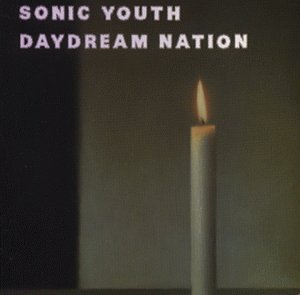 Daydream Nation
(1988): Generally considered their first great album (it was
their last on an indie label before signing to uber-major Geffen,
thus opening to door for Nirvana etc), it only sold 75,000 in the US
in its first year. In the days between the dying No Wave and emerging
grunge scenes, they showed there were still possibilities in rock
which were uncompromising, innovative and exhilarating. A defining
album of the Eighties.
Daydream Nation
(1988): Generally considered their first great album (it was
their last on an indie label before signing to uber-major Geffen,
thus opening to door for Nirvana etc), it only sold 75,000 in the US
in its first year. In the days between the dying No Wave and emerging
grunge scenes, they showed there were still possibilities in rock
which were uncompromising, innovative and exhilarating. A defining
album of the Eighties.
It topped Pitchfork's top 100 albums of that decade with Rob Mitchum saying “as long as people are still listening to guitars, it will remain a milestone”.
For a more in-depth consideration of Daydream Nation go here.
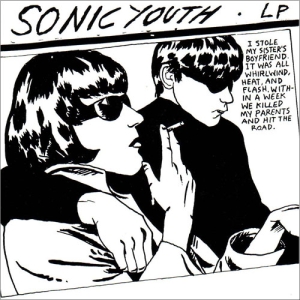 Goo (1990):
Their major-label debut sprung radio items in Dirty Boots and
Kool Thing with Chuck D. It sold twice as many as Daydream Nation,
but only just scraped into the US top 100.
Goo (1990):
Their major-label debut sprung radio items in Dirty Boots and
Kool Thing with Chuck D. It sold twice as many as Daydream Nation,
but only just scraped into the US top 100.
Geffen might have disappointed by their new signing, but this was what they had paid for.
Writing about it in Rolling Stone David Fricke said, “the major-label hello by the ex-indie guitar-rape gods in Sonic Youth, is damn near musical by their standards, a brilliant, extended essay in refined primitivism that deftly reconciles rock's structural conventions with the band's twin passions for violent tonal elasticity and garage-punk holocaust”.
Pitched between alt, indie, experimental and emerging grunge, it's a real keeper.
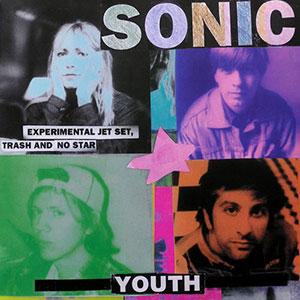 Experimental Jet
Set, Trash and No Star (1994): With mostly economically short
songs, by dialing down a little and dealing with more personal issues
(almost nostalgic for indie-days in places) they made their first –
and only – commercially successful album.
Experimental Jet
Set, Trash and No Star (1994): With mostly economically short
songs, by dialing down a little and dealing with more personal issues
(almost nostalgic for indie-days in places) they made their first –
and only – commercially successful album.
Writing in Spin, Mike Rubin said the tongue-twister album title was symbolic of the band's move away from any attempt at a commercial breakthrough.
The irony was, it sold about half a million on release.
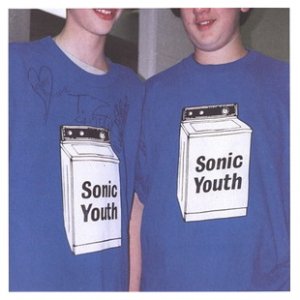 Also: Fans
and casual listeners all have different favourites, so let's pitch in
Washing Machine (95) for the exceptional 20 minute Diamond Sea alone.
Also: Fans
and casual listeners all have different favourites, so let's pitch in
Washing Machine (95) for the exceptional 20 minute Diamond Sea alone.
Also their Whitey Album under the name Ciccone Youth from 89 (with Minutemen/firehose and more recently Stooges bassist Mike Watt) because it takes loving pokes at pop, Madonna and Robert Palmer's Addicted to Love.
Don't ignore The Eternal (2009), their final album and first to crack the US top 20.
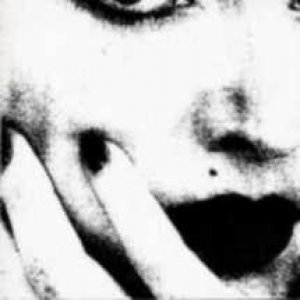 The relationship
between Gordon and Moore might have been damaged irreparably by him
having had a longtime affair, but musically they went out on a high.
The relationship
between Gordon and Moore might have been damaged irreparably by him
having had a longtime affair, but musically they went out on a high.
For more on Sonic Youth including an archival interview with Thurston Moore, a review of a band biography, reviews solo projects and a Thurston Moore live photo essay go here.

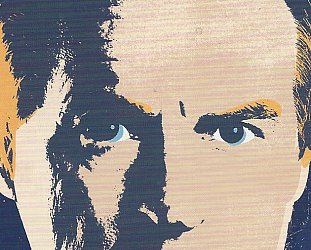

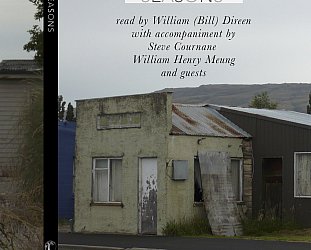
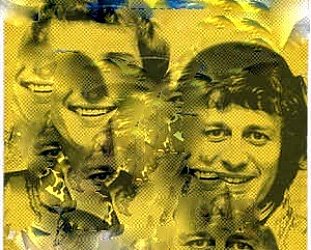
post a comment